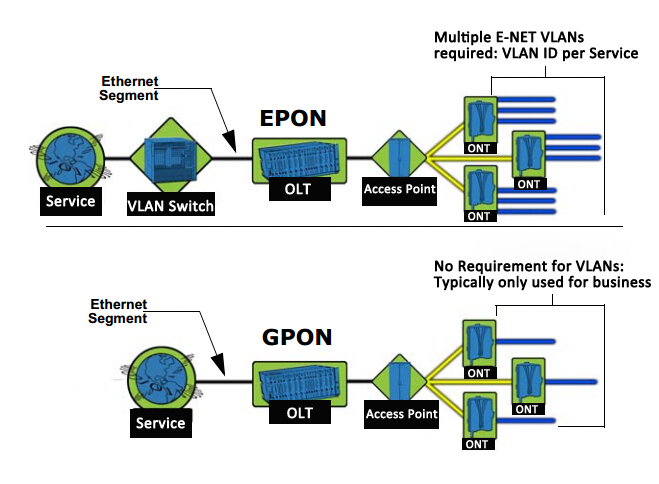In the long-distance optical fiber transmission,the fiber cables have a small effect on the optical signal transmission,the transmission quality of optical fiber transmission system mainly depends on the optical multiplexers’ quality,because optical multiplexer is responsible for electrical/optical and optical/electric conversion and optical transmitting and receiving. Optical fiber multiplexer as terminal equipment of transmission optical signal, usually used in pairs, divided into optical receiver and optical transmitter, optical transmitter is used to convert electrical signals into optical signals to realize electrical/optical conversion, and the optical signal input optical fiber transmission.Optical receiver is used to restore a in the optical fiber for optical signal into electrical signal to realize optical/electric conversion. It’s fit and unfit quality directly affects the whole system, so you need to know something about the performance and application of the fiber optic multiplexers, it can help you better configuration and procurement.
What is video multiplexer?
Fiber optic video multiplexer is used to transform video signals to fiber optic signals, it is analog fiber optic video multiplexer and digital video multiplexer, the digital one is more and more used and it is the popular model in current market. This product is generally used in security applications to control and monitor the video camera signals.
Fiber Optic Multiplexer Technology:
Fiber optic multiplexer technology serves single-mode and multimode optical fibers with multichannel rack mount or standalone units. Multiplexers aren’t only for connecting multiple devices across a network. Multiplexers are also commonly used to distribute data from a SONET core, allowing for the distribution of DS-1, DS-3, and other circuit mode communications to several devices throughout a network. Again, this allows for multiple devices to share an expensive resource.
Used by cellular carriers, Internet service providers, public utilities, and businesses, fiber optic multiplexer technology extends the reach and power of telecommunications technologies. Network management systems allow for system service and maintenance, and provide for security, fault management, and system configuration. With advantages like lower costs and longer life expectancies, current fiber-optical networks are aided by improvements in multiplexing technology, and may provide light speed data transmission well into the future. Multiplexed systems also simplify system upgrades since numbers of channels and channel bandwidth is a function of the electronics rather than the transmission line or components.
Feature Of Optical Multipexer:
Fiberstore fiber optic video multiplexer adopt the international advanced digital video and optical fiber transmission technology, these fiber optic multiplexers are various models and can be custom made according to customers’ requirement. Our products can transmit from 1 channel video signal to max 64 channel video signals in different optional distances. They can be with optional audio channel and reverse data channel. Interfaces can be RS232, RS422 or RS485. Fiber optic ports are typical FC, with SC or ST optional. The fiber optic video multiplexers are single mode types and multimode types, used with different kinds of optical fiber lines.We provide some types of optical multiplexers, including video multiplexers,video & data multiplexers,video & audio multiplexers, video & data & audio multiplexers, PDH multiplexer, and we supply optical multiplexer in different channels,such as 1, 2, 4, 8, 16, 24, 32 channels.
Custom Service:
We supply stand alone type fiber optic video multiplexers and chassis type fiber optic video multiplexers,we also have custom service, many types of fiber optic products could custom in our company, all these products are with flexible design according to customer requirement, they are good prices and fast delivery. If you have parameters in the request for your fiber optic products, I think we can offer you all you need.







